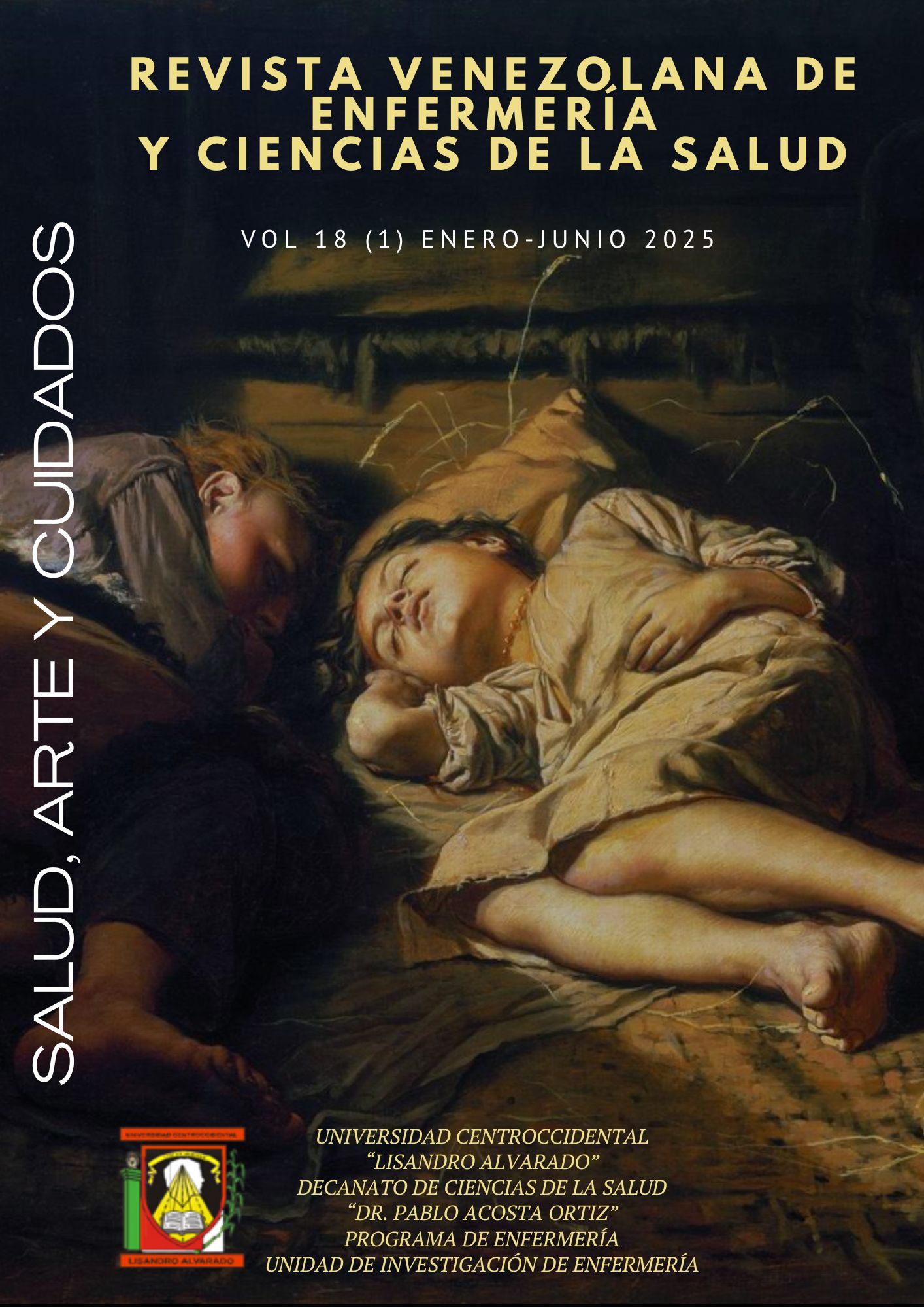Incontinentia Pigmenti. About A Clinical Case
DOI:
https://doi.org/10.5281/zenodo.14739788Keywords:
neuroectodermal dysplasia, systematic pigmented nevus x, linked genodermatosis, incontinentiapigmentiAbstract
Incontinentia pigmenti (IP) is a rare genodermatosis (0.7 per 100.000 births). It is characterized by a multisystemic affectation with a highly variable phenotype. The most common clinical manifestations are dermatological, neurological, ophthalmic and dental. The cutaneous alterations, markers of this entity, appear early, following a characteristic pattern of Blaschko's lines. 4 sequential appearance phases are defined: vesicular, verrocous, hyperpigmentation and hypopigmentation phases, extracutaneous involvement defines functional prognosis, and is the cause of irreversible sequelae that determines the severity the disease. IP is an X-linked dominant disorder caused by a mutation in the NEMO gene. We describe a one-month and 26-years-old female infant is presented, who showed hyperpigmented skin lesions incidentally, noticed by her mother since 23rd day old, grouped vesicle-like skin lesions with linear distribution on the ring finger and the middle finger, both knees and right external malleolus, which after two weeks evolve into brownish verrocous lesions leaving hyperchromic spots following the Blaschko's lines. The clinic diagnosis is made using 2 greater criteria: typical neonatal eruption and hyperpigmentation that follows the Blaschko's lines, 2 lower criteria: strabismus and alopecia; it finds the 3° stage hyperpigmentation to incontinentia pigmenti. Biopsy was postponed due to the patient age and not having authorization of the parents
Downloads
References
Ferrández D; Cervantes E. Incontinencia pigmenti: una entidad a recordar. Acta Pediatría Española. (2020); 78(3-4): e151-e153. Recuperado en: https://www.actapediatrica.com/index.php/secciones/notas-clinicas/download/2052_67e09c1462cf267de1e22aa692dcd373
Martínez, A; García, A. Incontinentia pigmenti: genodermatosis multisistémica. Servicio de Dermatología, Instituto Nacional de Pediatría. (2020); vol.77 7:1-6 Recuperado en: https://www.scielo.org.mx/scielo.php?pid=S1665-11462020000300112&script=sci_arttext
Cammarata, F; Fusco, F; Ursini, M.V. Incontinencia Pigmenti. Actas Dermo-Sifiliográficas (2019); vol.110 6:1-5. Recuperado en: https://www.actasdermo.org/es-incontinencia-pigmenti-articulo-S0001731018304903
Ocaña, S; Del Boz, J; Vera, A. Incontinencia pigmenti. Estudio descriptivo de la experiencia en dos centros hospitalarios. (2019); vol.92 3-12. Recuperado en: https://www.analesdepediatria.org/es-incontinencia-pigmenti-estudio-descriptivo-experiencia-articulo-S1695403319301705
Robaina, G; Toledo, L; Riesgo, S; Robaina, M. Diagnóstico clínico de la incontinencia pigmentaria en dos neonatos con lesiones cutaneas vesiculo-pustulosas. Revista Cubana de Pediatría (2021); vol93 (2). Recuperado en: https://scielo.sld.cu/scielo.php?script=sci_arttext&pid=S0034-75312021000100015#:~:text=La%20incontinencia%20pigmentaria%20es%20un,eosinofilia%20en%20muestra%20de%20sangre
Leonor, M; Orellana, I; Vargas, X; Salazar, R. Incontinencia Pigmenti en madre e hija. Relato de caso clínico. Rev chilena de Pediatría (2011); 82 (3): 225-230. Recuperado en: http://dx.doi.org/10.4067/S0370-41062011000300008/Motheranddaughterincontinentiapigmenti.Casereport.
Contreras K, Ventura A, Espinoza P. Incontinencia pigmentaria. Reporte de Casos. Anales de Facultad de Medicina. (2022); 83(3):239-45. Recuperado en:,http://www.scielo.org.pe/pdf/afm/v83n3/1025-5583-afm-83-03-00239.pdf
Belocopitow, M; Villani, M; Incontinencia Pigmenti. Progresión clínica y diagnóstico de un caso. Revista Argentina de Dermatología. (2024) vol.105. Recuperado en: https://rad-online.org.ar/2024/05/03/incontinencia-pigmenti-progresion-clinica-y-diagnostico-de-un-caso/
Published
How to Cite
Issue
Section

This work is licensed under a Creative Commons Attribution-NonCommercial-ShareAlike 4.0 International License.
Derechos del/de autor/es a partir del año de publicación
Esta obra está bajo la licencia:
Creative Commons Reconocimiento-NoComercial-CompartirIgual 4.0 Internacional (CC BY-NC-SA 4.0)
Las opiniones expresadas por los autores no necesariamente reflejan la postura del editor de la publicación ni de la UCLA. Se autoriza la reproducción total o parcial de los textos aquí publicados, siempre y cuando se cite la fuente completa y la dirección electrónica de esta revista. Los autores(as) tienen el derecho de utilizar sus artículos para cualquier propósito siempre y cuando se realice sin fines de lucro. Los autores(as) pueden publicar en internet o cualquier otro medio la versión final aprobada de su trabajo, luego que esta ha sido publicada en esta revista.







